What is the role of filled sand bags?
When you think of filled sandbags, what comes to mind? Many think of them as a way to keep water out or weigh something down, but these versatile coarse bags have wide applications.
Let’s start with defining this filled form of a sandbag. A filled sandbag is filled with sand, dirt, gravel, and aggregate – basically, any material, making it heavy and sturdier.
Once filled, you can stack several sandbags together and create protective structures such as a wall or levee.
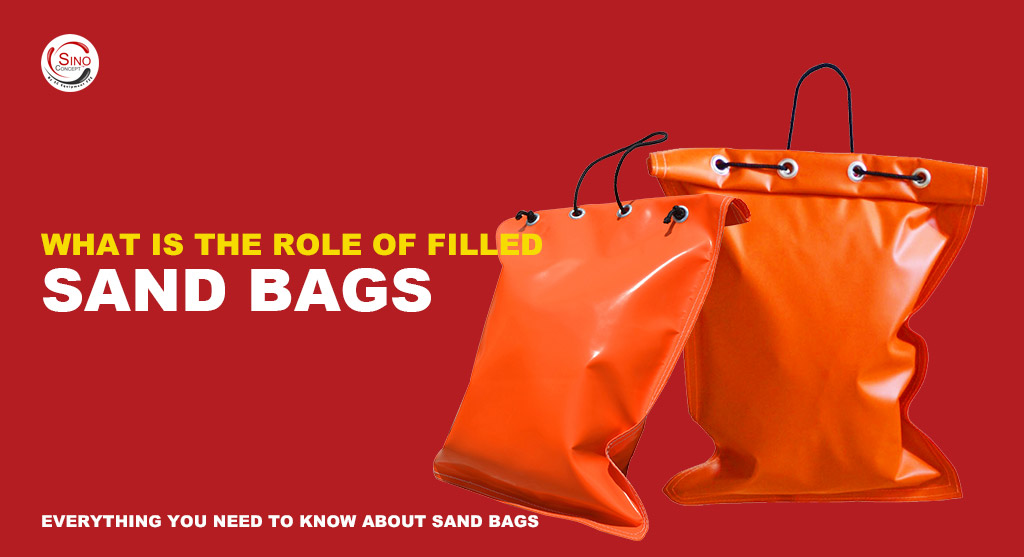
Are sandbag sacks effective?
The effectiveness of a sandbag sack depends on a few factors:
- Sack type: The bag you use will affect its effectiveness. A burlap sack, for example, will be more durable and hold more sand than an old pillowcase. Similarly, bulk bags will have more space and more than 25kg of filler material.
- Filler amount: The sand in the bag will also affect effectiveness. A half-full bag will not be as effective as a full bag.
- Type of filler: The type of sand you use will also play a role in the effectiveness of the bag. Play sand, for example, will not be as effective as river sand.
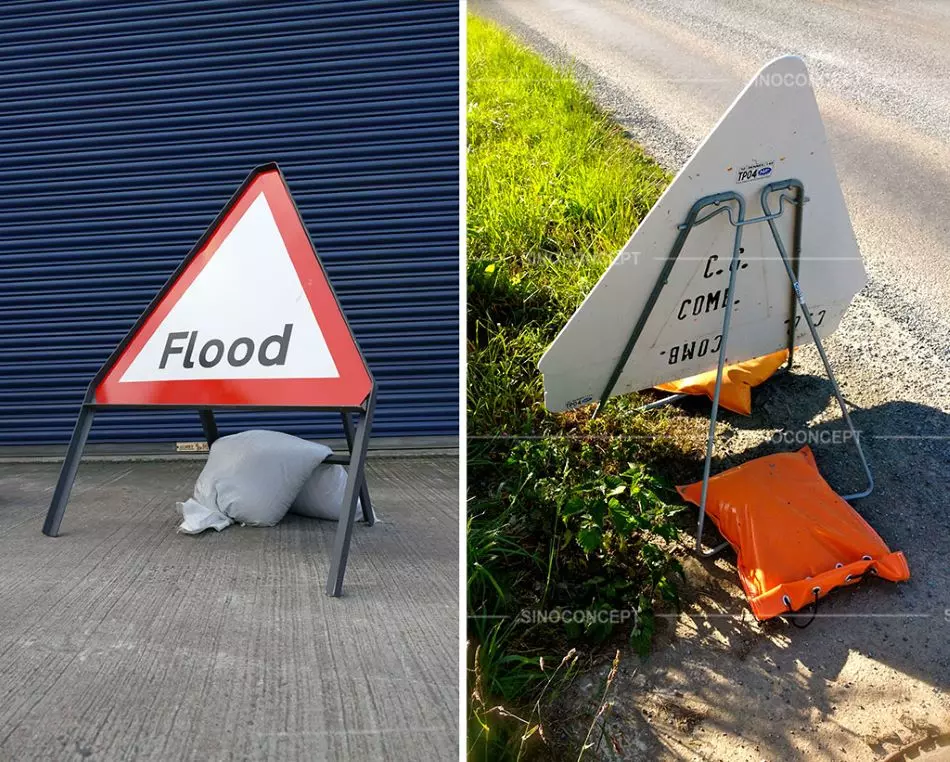
Learn more: Are sandbag sacks effective?
How to make and use a sandbag?
If you’re interested in making a basic sandbag, you’ll need a few things. First, you’ll need a bag to hold the sand. This can be anything from a burlap sack to an old pillowcase.
Similarly, you can even purchase woven polypropylene bags or PVC sandbags – the stronger versions of a basic sack.
Next, you’ll need a filler material, particularly sand or gravel. You can get this at a local hardware store or home centre.
Finally, you’ll need another person and a way to fill the bag with sand. This can be done using a shovel or spade or filling a bucket with sand and then pouring it into the bag.
Once the bag is filled, tie it off so the sand doesn’t leak out. Although traditional bags have weak tying capabilities, you can always choose PVC zipper bags for an effective enclosure. Here you have it: A perfect sturdy sandbag.
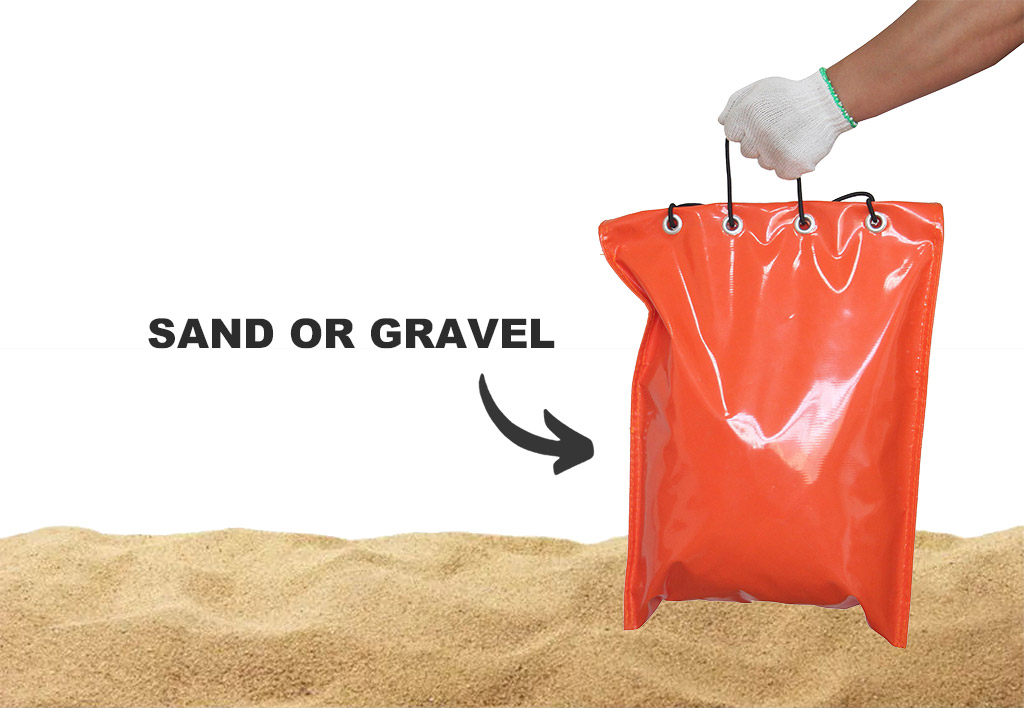
Pros and cons of filled sandbags!
There are pros and cons to using filled sandbags. First, let’s talk about the pros.
Pros of sandbags
Below are the pros:
- Versatility: Filled sandbags can be used for various purposes, from flood prevention to weight training.
- Strength: When filled with sand, these bags can become heavy and provide a sturdier structure.
- Durability: Filled sandbags are durable and can last many years if properly cared for.
- Economical: Filled sandbags are affordable, with some even available for cents. Plus, they can be recycled and used several times until they start to rot.
- Effectiveness: When used properly, sandbags can be quite effective at preventing flooding or providing stability.
Cons of Sandbags
Sandbags are lucrative but have downsides. Some of them include the following:
- Weight and size: When filled with sand, these bags can be quite heavy, making them difficult to move around. If you specifically have large and bulky sandbags, you’ll have trouble storing or moving them. And it costs more to deliver those filled sandbags.
- Leakage: If not properly sealed, the sand can leak out of the bag, which is frustrating.
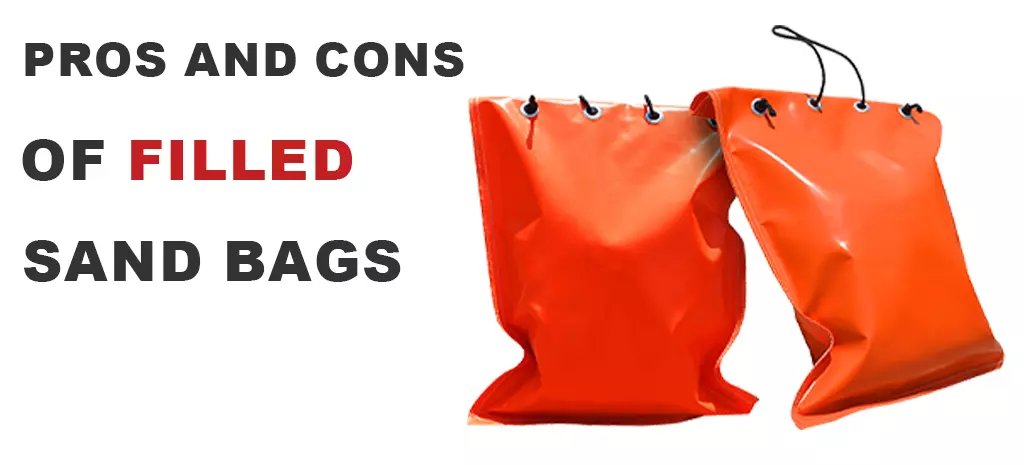
Learn more: Pros and cons of filled sandbags!
You have already read a good part of this article, 👀
We've
got the impression that you like it. 🙂
👇🏻
IF YOU ARE LOOKING TO WORK DIRECTLY WITH A MANUFACTURER,
FEEL FREE TO CONTACT US. WE ARE VERY HAPPY TO HELP!
Where are sandbags mostly used?
A sandbag made of burlap or woven polypropylene filled with sand or soil can have numerous applications, including, but not limited to:
Water flow control and flood protection
Sandbags are the first defence against catastrophic disasters such as flooding, drainage problems, non-existent drainage, and water seepage.
Hence, if you live in an area prone to flooding, you need heavy-duty sandbags to prevent a flood hazard. But how? You can stack plenty of filled sandbags and form a solid, impermeable barrier in basements and garages.
What’s more? Sandbags can settle over time when stacked, tied, and left to rest for long periods, ultimately becoming resilient and sturdy. Hence, sandbags are perfect flood protection measures because they can form a tight barricade around your property and stop flooding.
Wondering which type of sandbag is best for flood mitigation? Woven polypropylene bags are great for property owners in rainy regions since the material is less susceptible to rot and mildew than natural fibres.
Although these filled sandbags aren’t completely waterproof, they provide a useful temporary solution for preventing floods.
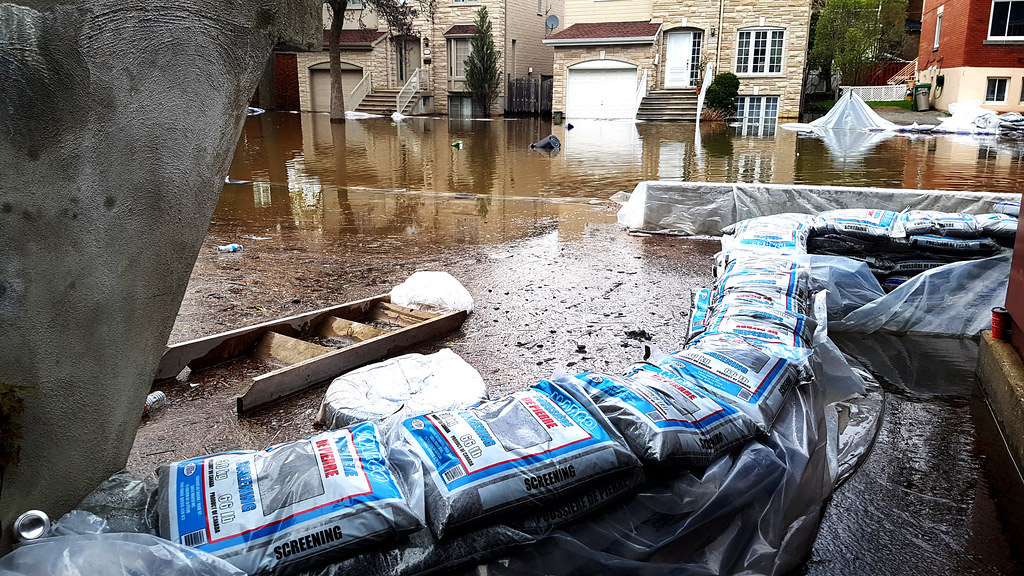
Erosion control
Erosion is a common and sometimes extremely harmful problem. But you know what? Sandbags act as an effective tool for preventing crumbling and eroding slopes. You can use them to:
- Protect structures by diverting water flow
- Build dunes on beaches
- Keep coastal pilings in place
Water may be redirected using sandbags on urban and rural roadways to prevent it from flooding the road and resulting in hazardous water conditions, such as hydroplaning. This can cause accidents and risks for both pedestrians and drivers alike.
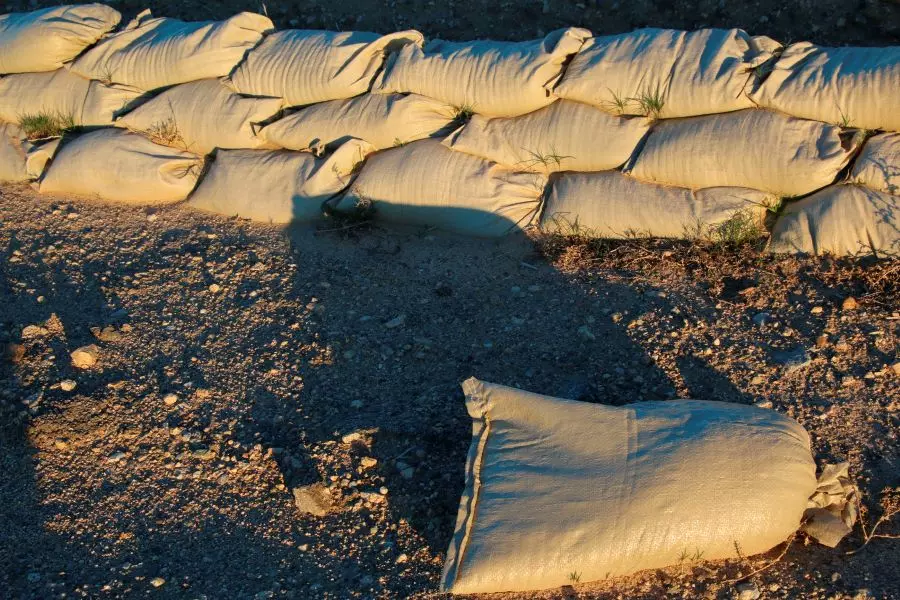
Traffic control
Sandbags are amazing ballast tools, which makes them suitable for traffic management. You can even use filled sandbags to form temporary roadblocks and barricades.
For example, if there’s a large pothole in the road, you can place sandbags around it to help direct traffic flow around the problem area.
You can place them on stop signs, speed limits, and traffic signs, preventing them from moving and remaining sturdy.
It may seem that securing signage might be unneeded, but damaged or misplaced signage can misguide drivers about the road rules and speed limits, ultimately raising the chances of road accidents.
For example, suppose a road has a speed limit of 30 mph. However, if the signage is misplaced, the driver wouldn’t know about the speed range, and he/she may drive over and above 30 mph.
As a result, overspeeding can result in tragic accidents. But you might be wondering what makes sandbags perfect for ballast. A completely filled sandbag has an ideal weight ranging from 25 to 50 pounds, enough to hold down and keep any signage in place.
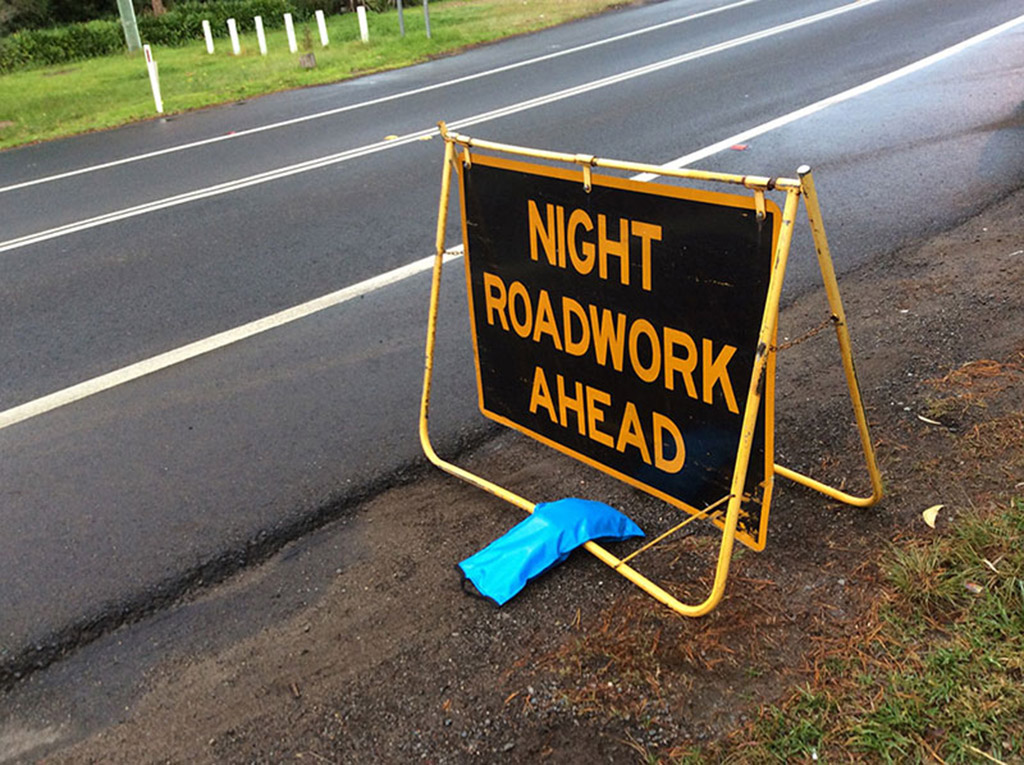
Caring for filled sandbags
Filled sandbags can last many years if properly cared for. However, it’s important to note that the bag will degrade over time.
The sand inside the bag will also slowly settle, so it’s important to check the bags periodically to ensure they are still full. If you notice any leaking, it’s time to replace the bag.
Hence, it’s important to check them regularly for leaks. If there is any leakage, it may be time to go with a new bag. You should also store the bags in a cool, dry place when not in use.
Finally, if you’re using the bags for flood prevention, be sure to remove them from the perimeter of your home after a severe weather event. If used properly, sandbags can be a great way to prevent flooding or provide stability. Just check them for leaks when they are not in use.
What are the benefits of traffic sandbags?
Don’t hesitate to read all of our pages about our filled sandbags. You will discover many advantages of them!
Can sandbags be reused?
Sandbags can be reused. However, choose their quality care because this will determine how long you can reuse them.
Are sandbags environmentally friendly?
Contact us for more information about sandbags’ organic aspect. We can certainly give you more information about that!
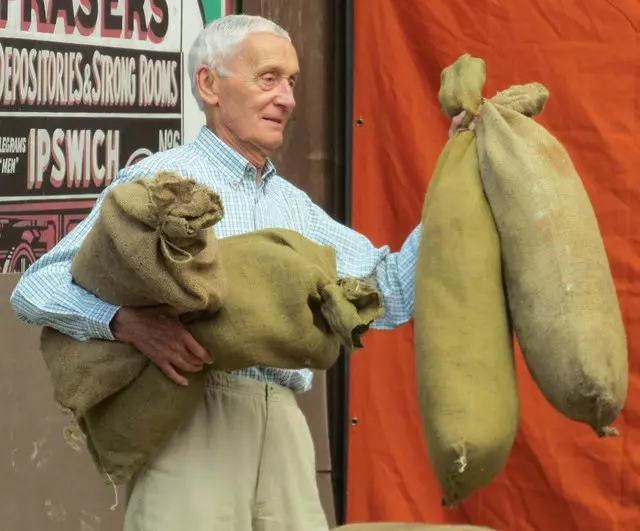
How to use sandbags?
Using sandbags is a straightforward process. There are no hidden tips and tricks to making sandbags and using them to control the flood. Here’s how you can make one.
Making the sandbags
See the below details:
- First, you must find empty sandbags and fillers such as gravel and sand. You can even purchase high-quality PVC sandbags from Sino Concept.
- One person holds the sandbag, and the other puts the filler in the sandbag using a shovel.
- Fill the sandbag up to half.
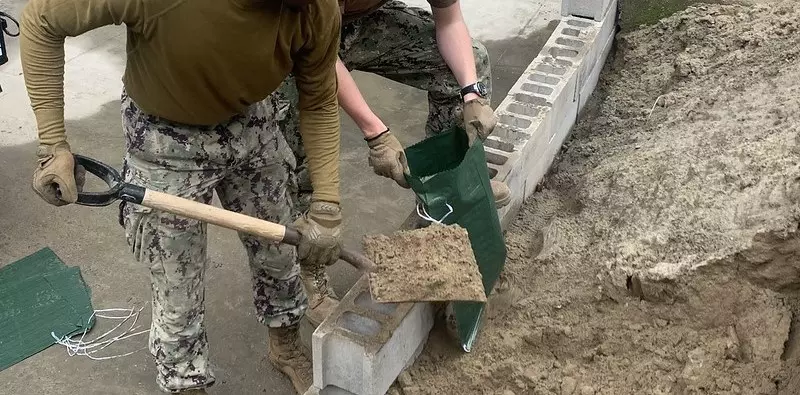
Placing the bags
See below the details:
- Once the bag is filled, clear all the debris and sediment from the area where you’ll place the bags.
- Put a large piece of the sheet between the sandbags and the wall of your home.
- Now, carefully place the sandbags one on the other. Ensure you tuck the open end beneath the filled bag and position it toward the water.
- Place each bag over the other and create a strong, durable wall.
- Finally, stump the bags with adequate force so that no gap is left between the bags to prevent water seepage.
Here are some additional tips to help you create sustainable barricades.
- Remove all the dust, dirt, or debris from the area where you wanted to build the wall. This will help to prevent building bacteria.
- Fill the sand up to half. If you fill the sandbag up to the mouth and tie the mouth, sandbags will burst and destroy your wall.
- Always place the sandbag in an open place below the sandbag.
- Make sure to mould the sandbag into a rectangular shape like a rick.
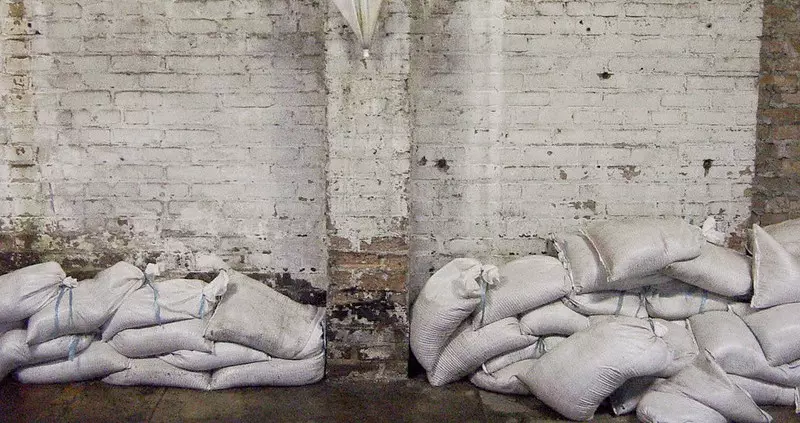
Conclusion
Whether you use them for ballast or to prevent flooding, sandbags are perfect at their respective roles. They are a necessary tool in regions experiencing frequent heavy rain, windstorms, and soil erosion.
Even authorities like the Federal Emergency Management Agency (FEMA) and the Public Works Department encourage their use to create strong structures for repelling floodwaters.
Sandbags will always be handy, even if you don’t live in a mountainous region. Whether you go out for a hiking or a beach trip, a sandbag can come in handy for anchoring your tents. So, you see, you can use sandbags on occasions when you least expect them.
Wondering where you can find the best versions of sandbags? Look no further than Sino Concept – experts with years of manufacturing traffic management tools. Check out our recyclable PVC-reinforced sandbag today!
👇🏻
IF YOU ARE LOOKING TO WORK DIRECTLY WITH A MANUFACTURER,
FEEL FREE TO CONTACT US. WE ARE VERY HAPPY TO HELP!





















